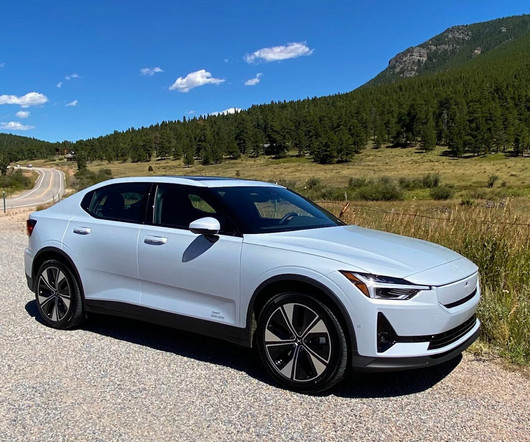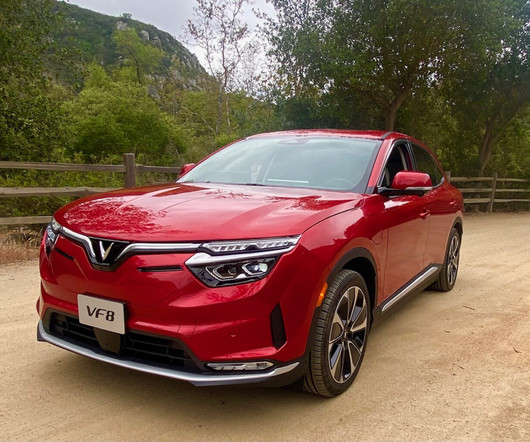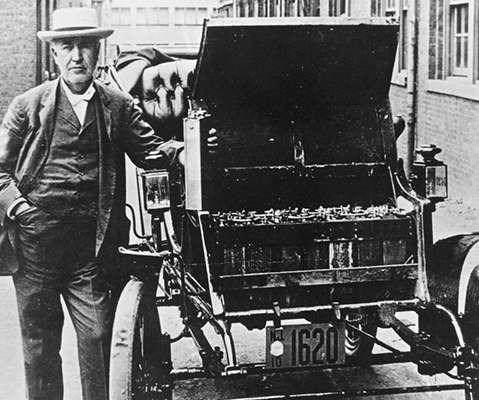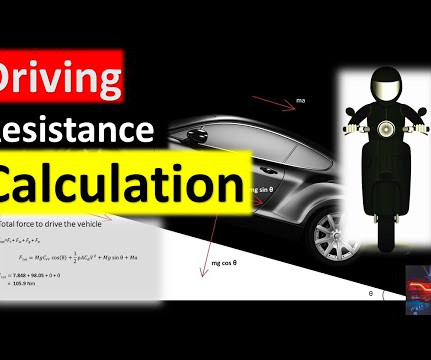Bombardier launches PrimoveCity for multi-modal stationary or mobile inductive charging of electric vehicles
Green Car Congress
APRIL 16, 2011
PrimoveCity addresses the range and recharging constraints of electric vehicles and is intended to provide common technology for all forms of electric vehicles, including trams, buses, commercial vehicles, taxis and cars. These convert the DC supply voltage to the AC voltage used in the system. DC feed cables.





















Let's personalize your content